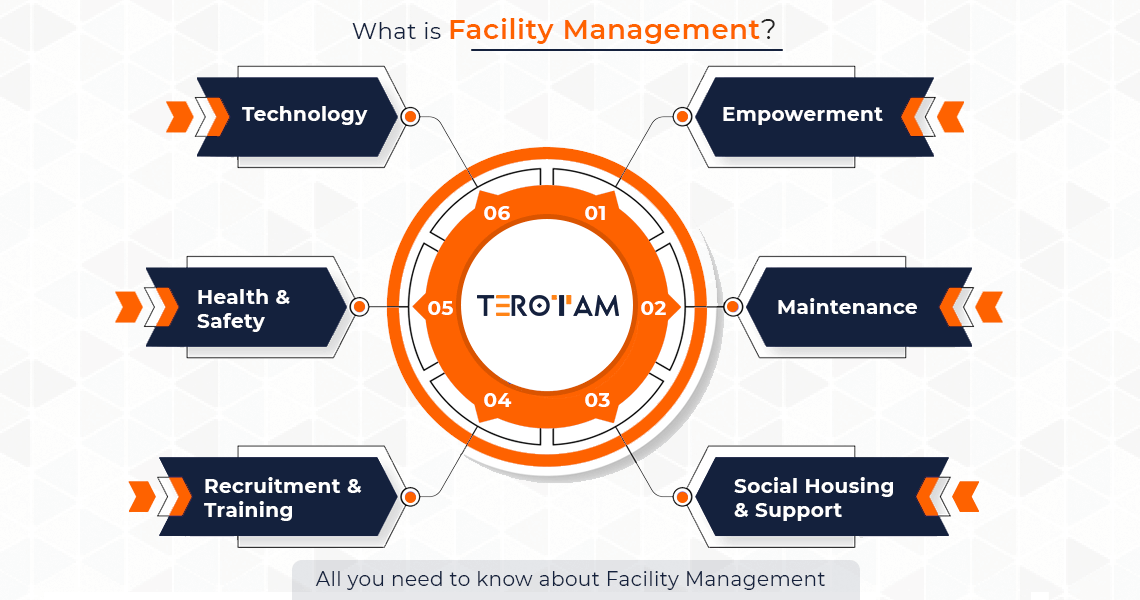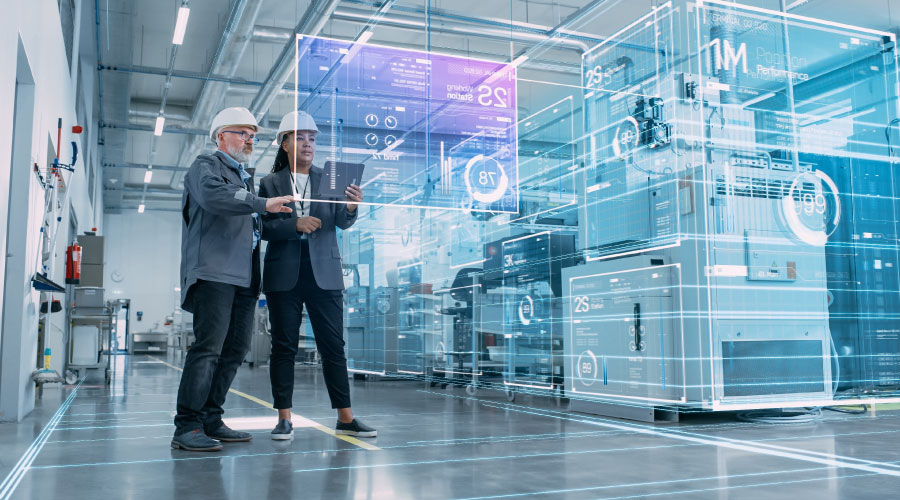The Vital Overview to Center Management: Techniques for Success
Center management plays a critical duty in the total success of an organization, functioning as the backbone that supports safety and security, productivity, and performance. By using tactical methods such as incorporated technical remedies and promoting cross-departmental collaboration, organizations can significantly enhance their operational structures. Nonetheless, the nuances of effective facility monitoring expand beyond plain logistics and need a thorough understanding of both measurable and qualitative metrics. As we explore these necessary approaches, a closer examination reveals exactly how they can transform not simply centers, but the actual culture within an organization itself. What might these improvements appear like in practice?
Understanding Facility Monitoring
What comprises effective facility administration? Efficient facility administration includes the coordination of various business features to make sure that built atmospheres are secure, efficient, and helpful to efficiency. It integrates the principles of design, style, and business management to produce a smooth functional circulation within an organization.
Secret elements of center management consist of space planning, maintenance administration, and compliance with health and security laws. Room preparation concentrates on enhancing using physical resources to sustain organizational goals, while upkeep management makes sure that centers are kept in optimum condition, taking full advantage of life expectancy and lowering functional expenses. Conformity with governing and legal criteria is crucial, as it safeguards the company versus prospective obligations and improves its track record.
In addition, effective facility monitoring relies upon the strategic use of innovation, such as Building Administration Solution (BMS) and Computer-Aided Facility Administration (CAFM) devices. These technologies help with real-time tracking of building systems and enhance upkeep procedures (Facility Management). Ultimately, an extensive technique to facility management not just advertises operational performance but likewise promotes a favorable environment for employees and site visitors alike, driving general business success

Key Methods for Optimization
Maximizing facility monitoring calls for a strategic approach that straightens operational exercise with business objectives. To achieve this, the very first vital approach is the implementation of integrated technological options. Using sophisticated software systems enables real-time surveillance of center operations, assisting in data-driven decision-making and enhancing overall efficiency.
Second of all, routine assessments of center performance are important. Carrying out regular inspections and audits makes it possible for facility managers to identify areas that need renovation, making sure that sources are assigned effectively. This proactive method helps in decreasing downtime and improving service distribution.
An additional critical technique is promoting collaboration across divisions. By encouraging open interaction in between teams, facility supervisors can much better straighten their strategies with service objectives, causing boosted operational synergy. Additionally, engaging team in training programs promotes a society of liability and enhances their capacity to contribute to optimization efforts.
Enhancing Safety And Security Procedures
Enhancing safety protocols is crucial for developing a safe setting within centers. A comprehensive safety protocol not just secures staff members and site visitors however also boosts operational efficiency. Facility Management. To accomplish this, center supervisors should carry out routine risk evaluations to recognize possible hazards and ensure that proper steps are in place

In addition, clear interaction channels must be developed to report safety issues quickly. This includes creating an obtainable system for employees to voice prospective dangers or incidents without concern of retribution. Leveraging modern technology can enhance safety steps; for instance, executing surveillance systems and accessibility controls helps keep track of facility activities and limit unauthorized entry.
Lastly, compliance with neighborhood policies and market requirements is non-negotiable. Routine audits and reviews of safety and security protocols guarantee placement with present regulations and finest techniques. By prioritizing these strategies, facility supervisors can grow a culture of safety that secures all stakeholders and inevitably adds to the organization's success.
Improving Workplace Environment
A positive workplace setting page substantially improves staff member morale and productivity, making it a vital focus for center administration. To produce such a setting, center managers must prioritize numerous crucial elements, consisting of ergonomics, aesthetic appeals, and worker involvement.
Ergonomic considerations are vital to lessen physical pressure and pain. This entails giving flexible furnishings, proper lights, and ample space for movement. These changes can cause minimized absence and increased job satisfaction.
Visual appeals play an essential duty fit the work environment environment. Using shade psychology, all-natural illumination, and greenery can cultivate a boosting and inviting environment. Thoughtfully developed rooms can boost imagination and improve total well-being.
Additionally, urging employee involvement with comprehensive decision-making procedures can boost the feeling of possession and belonging. Collecting responses on work environment improvements and including staff members in the layout process can lead to next page an extra customized environment that fulfills their needs.
Last but not least, promoting health efforts, such as health cares and leisure rooms, can better add to a helpful workplace society. By concentrating on these techniques, facility supervisors can efficiently improve the workplace environment, driving both staff member contentment and organizational success.
Measuring Success in Facilities
Measuring success in center administration requires a comprehensive approach that evaluates both quantitative and qualitative metrics. Measurable metrics typically include essential performance signs (KPIs) such as area usage prices, power consumption, upkeep expenses, and tenancy degrees. These important site metrics provide a clear image of functional effectiveness and economic performance, allowing center supervisors to recognize locations for renovation and criteria against sector criteria.
Qualitative metrics, on the other hand, focus on customer contentment and employee engagement. Surveys and responses devices can determine just how well the centers fulfill the requirements of passengers, aiding to examine the general office setting. This aspect is essential, as a pleased workforce is typically connected to increased efficiency and retention rates.
To efficiently measure success, facility managers must additionally consider incorporating technology, such as building management systems and information analytics tools, to accumulate and assess pertinent information. Routinely assessing both collections of metrics permits a more balanced view of performance and notifies critical decisions. Ultimately, an effective center monitoring approach hinges on a commitment to continual renovation, making certain that both functional effectiveness and customer contentment are focused on.

Conclusion
In conclusion, efficient facility management is essential for enhancing business performance. By carrying out incorporated technological solutions, performing routine assessments, and cultivating collaboration across divisions, organizations can achieve optimum resource allotment and functional efficiency. Focusing on safety procedures and improving office atmospheres additionally add to raised worker satisfaction. Lastly, measuring success with both measurable and qualitative metrics enables for continual enhancement, inevitably leading to decreased operational expenses and a more effective business atmosphere.
Facility management plays an important function in the general success of an organization, serving as the foundation that supports performance, efficiency, and safety.Trick aspects of facility monitoring include area preparation, upkeep administration, and conformity with health and safety guidelines.Additionally, efficient facility management counts on the strategic use of innovation, such as Structure Administration Solution (BMS) and Computer-Aided Center Management (CAFM) tools. Eventually, a comprehensive approach to facility management not only advertises operational performance yet additionally cultivates a positive atmosphere for visitors and workers alike, driving general business success.
Ultimately, a successful center administration strategy hinges on a commitment to continual renovation, ensuring that both operational effectiveness and user contentment are focused on.